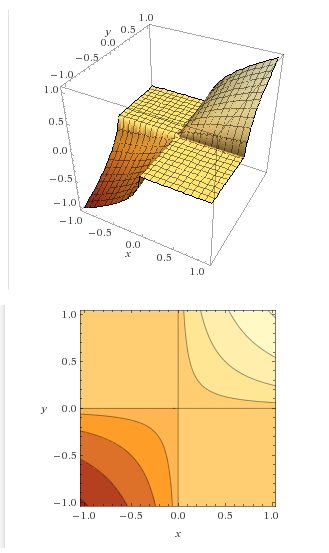Why don't indifference curves intersect?
1 Answer
We might see this in two different ways.
Explanation:
First, the very definition of the indifference curve itself: each one is formed by a combination of goods that produces the same satisfaction (Utility). So, along an indifference curve, you will find combinations that provide the same satisfaction for a given customer.
Therefore, it doesn't make sense that a higher utility curve intersect a lower utility one, because it would contradict the utility values: at some interval, you could end up getting that the curve with the higher utility was below the lower utility one.
Also, we can see them in graphic terms. Usually, indifference curves are formed by a combination of two goods alone, to simplify things for us -
To make it even more visual, imagine the outside of a hat - that is somewhat the general format that a usual Utility function type, the Cobb-Douglas one, will end up graphing for you. Check out below the positive part of the 3D graph and then take a look at the 2D graph below. Note that the 2D that we generally use is nothing but the planification of the 3D view.

